Easy Hungarian Lesco: Hearty Tomato – Pepper Stew Canning Recipe
Views: 290
Lecso or lecho (pronounced (leh-choh) originated in Hungary and is a staple of Hungarian and Central European cuisine. Similar to French ratatouille and Middle Eastern shakshuka, Hungarian lecsco stands out with its bold flavor and simple ingredient list.
Canned lecho is a convenient way to enjoy this classic Hungarian dish all year, especially when fresh tomatoes and peppers aren’t available. Typically, the canned version includes bell peppers, tomatoes, and sometimes onions and paprika, all preserved with vinegar or sugar for added flavor and shelf life. Some varieties even include sausage or smoked meats for a heartier meal.
You can enjoy canned lecsó straight from the jar for a quick snack, or heat it up on the stove. Add protein like sausage or eggs, and you have a delicious, satisfying meal ready in minutes!
Yield
Five 16 oz. (500 ml.) jars
Lesco Preparation Steps:
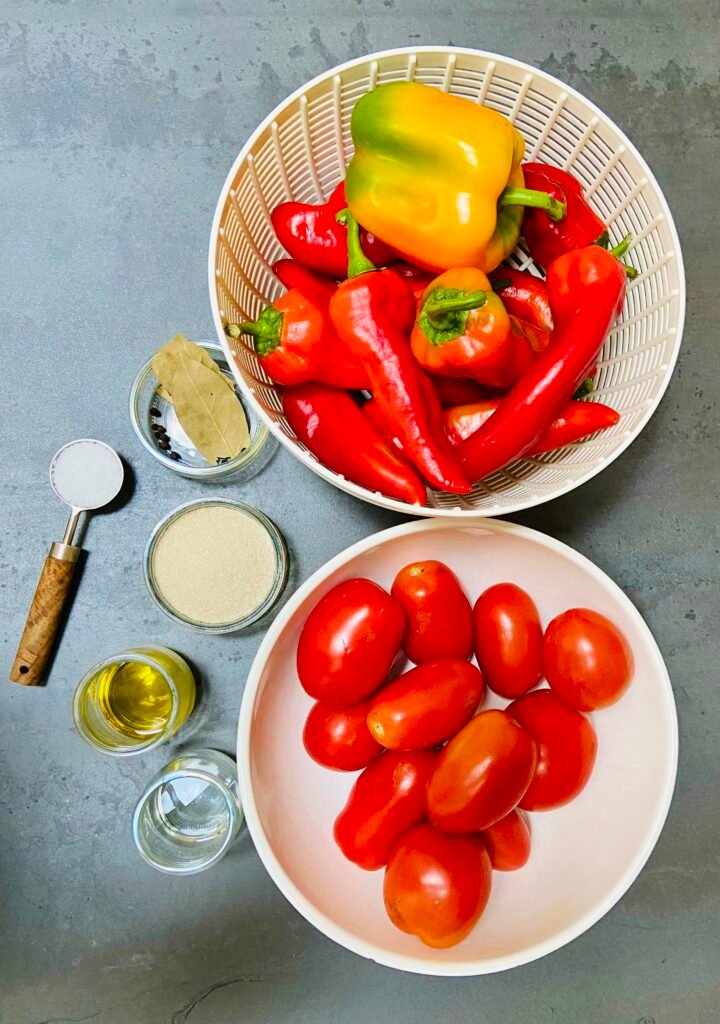
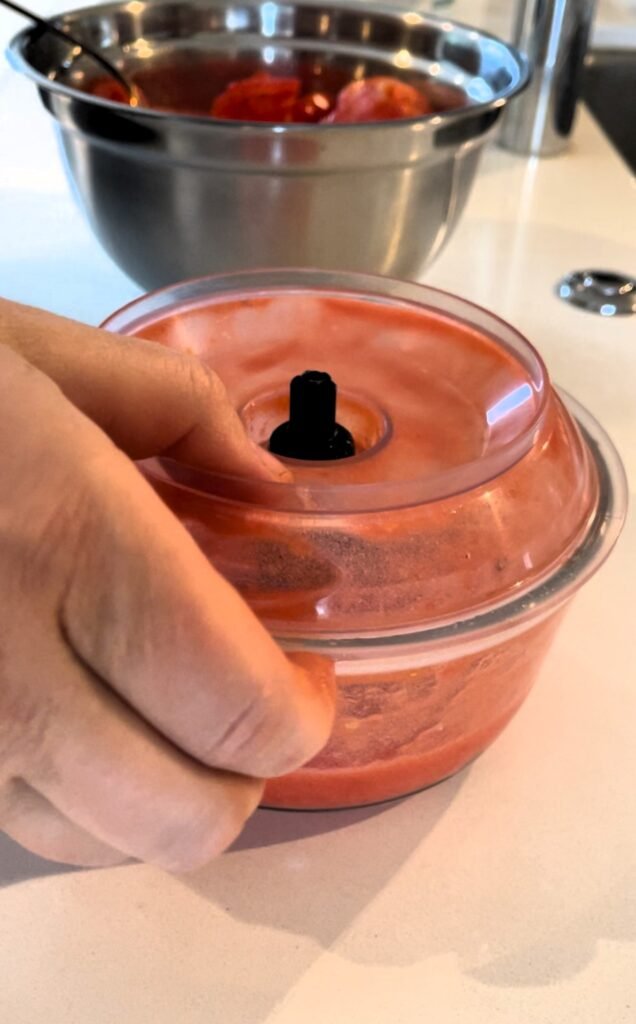
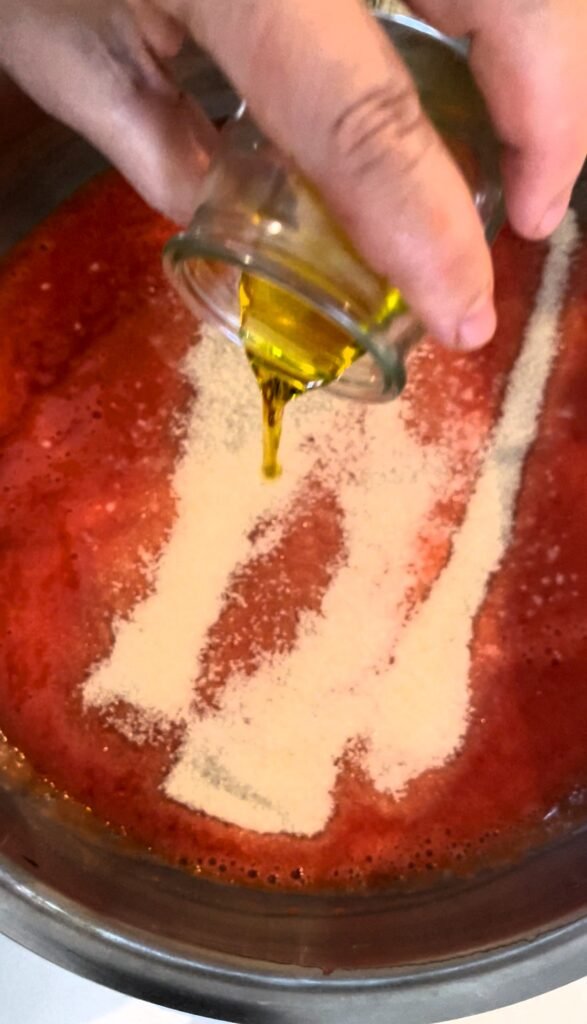
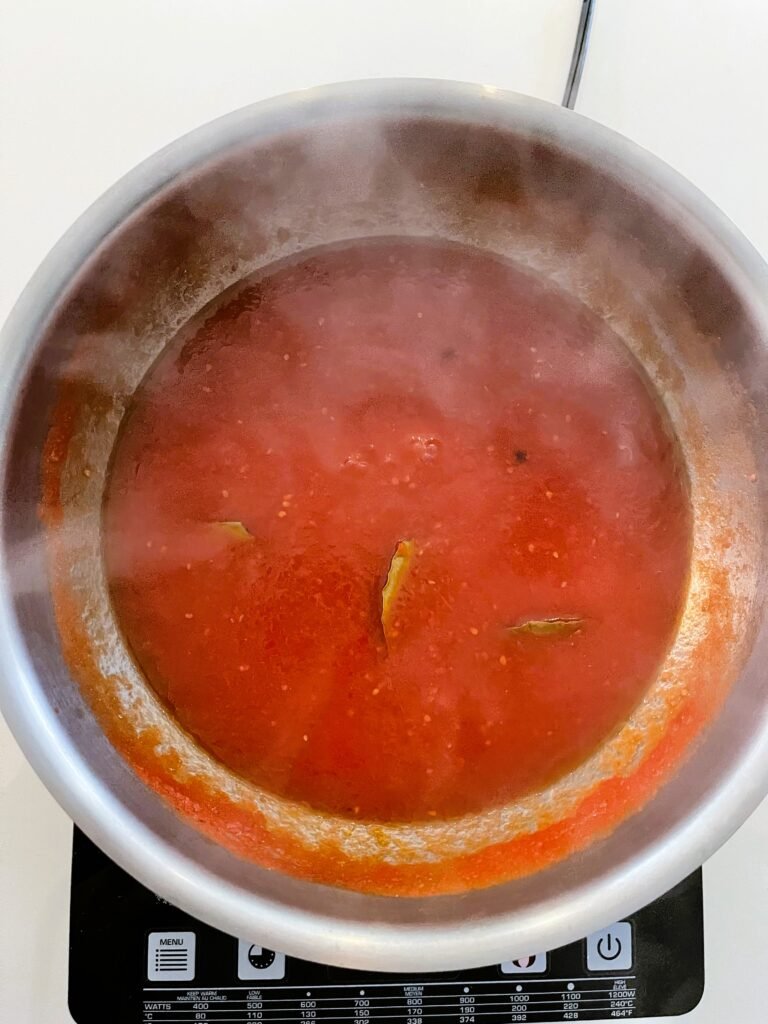
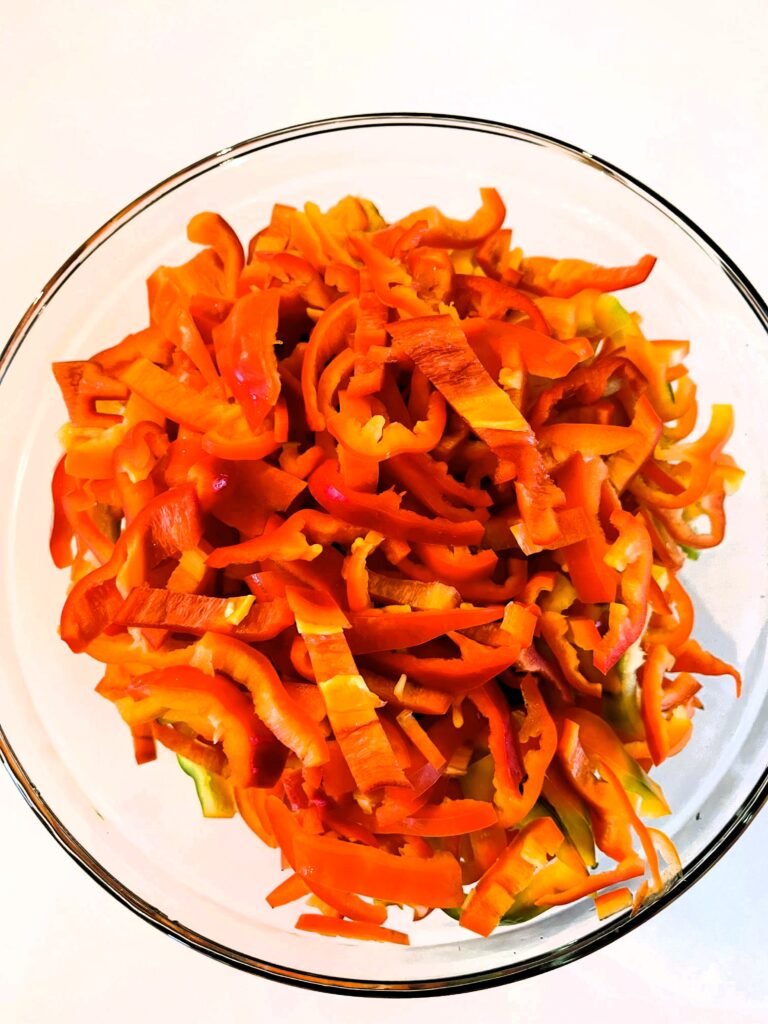
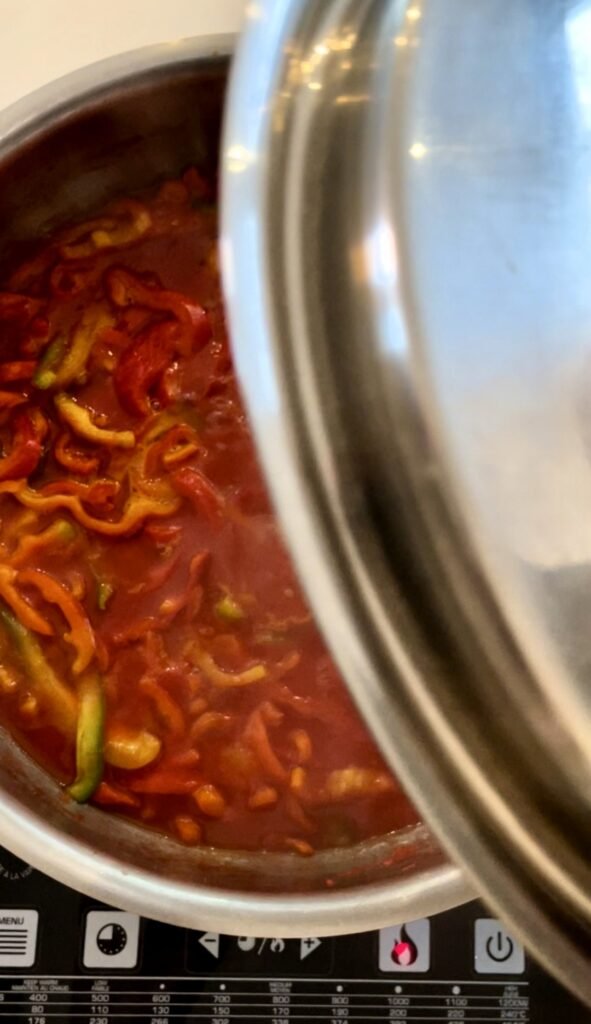
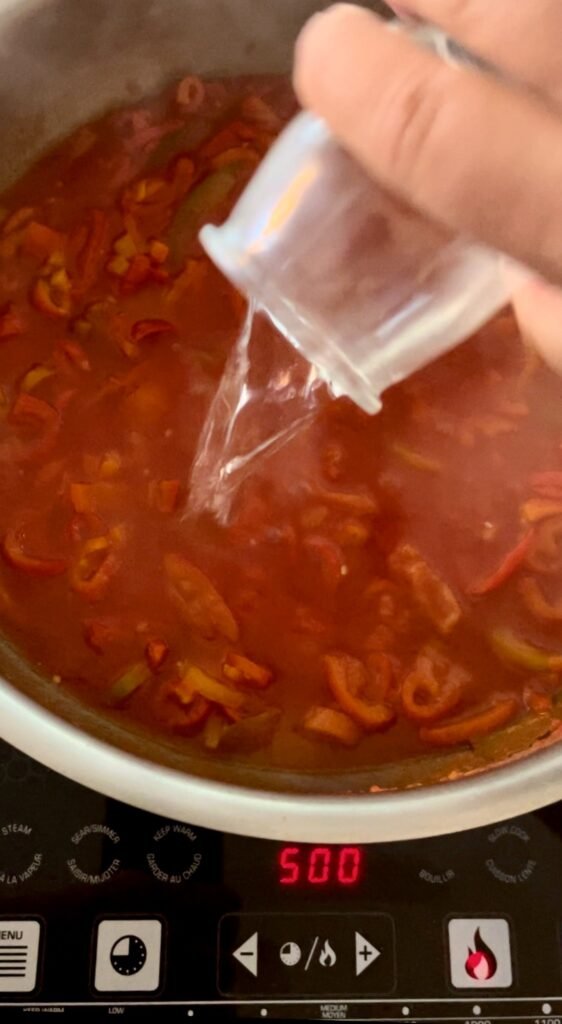
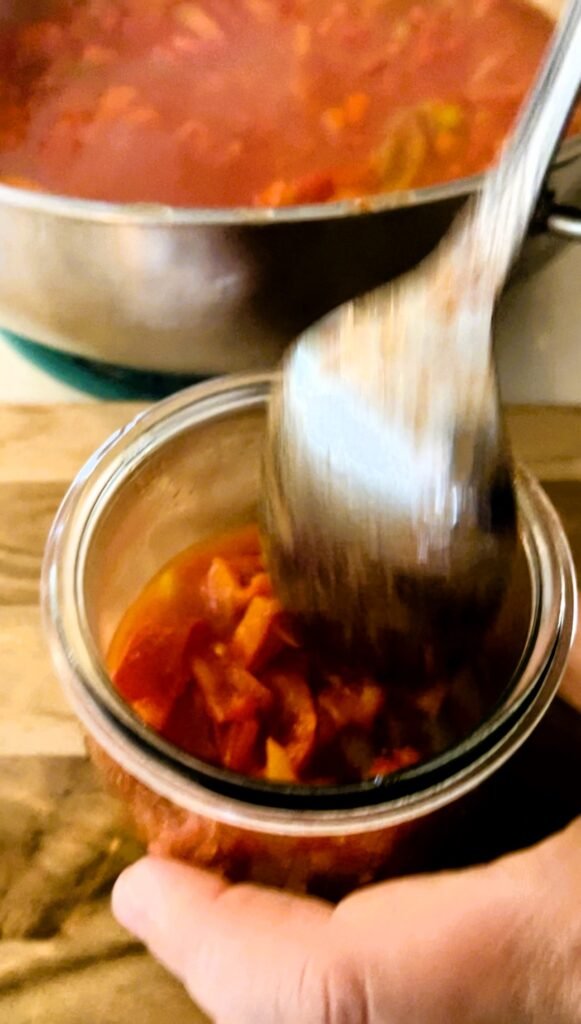
Easy Hungarian Canning Recipe: Tomato – Pepper Stew (Lecso)
Ingredients
- 9 pounds tomatoes
- 9 pounds sweet peppers a mix of red, yellow, or green (4 kg)
- 2 cups sugar 400 grams
- 1/4 cup olive oil 4 tbsp.
- 1/2 cup pickling vinegar 7% acidity (100 ml.)
- 10 whole black peppercorns
- 4 bay leaves
- 5 tablespoons pickling salt
Instructions
Prepare the Hungarian Lecho Ingredients:
- Wash the tomatoes and sweet peppers.
- Using a food processor, crush the tomatoes until they’re pulpy, leaving some texture if desired. Slice the peppers into thin strips.
Cook the Tomatoes:
- Add crushed tomatoes to a large wide pot and bring it to a simmer.
- Add all of the olive oil. Cover with lid and cook on low for 20 minutes. Do not stir.
Add Peppers and Seasonings:
- Add the sliced peppers, sugar, pickling salt, whole peppercorns, and bay leaves to the pot with the tomatoes. Stir well.
- Bring lecho mixture to a boil. Then lower the heat and cover with lid.
- Simmer the mixture for an additional 20 minutes. Do not stir.
Prepare the Canning Jars:
- While the lecsó cooks, sterilize the jars and lids
Add Vinegar for Preservation:
- Stir the pickling vinegar into the cooking lecho and turn off the heat immediately.
Fill the Jars with Lecho:
- Carefully ladle the hot lecsó (lecho) into the warm, sterilized jars, leaving 1/2 inch of headspace at the top.
- Run a knife or small spatula along the inside of the jar to release any air bubbles, then wipe the rims with a clean cloth.
- Place the lids on top. If using Mason jars, screw on the bands until they’re fingertip-tight.
- Process in a hot water bath or steam canner – see processing time guidelines in the notes
Processing time guidelines for hot water bath or atmospheric steam canners
Style of Pack: Hot| Process Time at Elevations of: | |||
| Jar Size | 0 – 1,000 ft | 1,001 – 6,000 ft | Above 6,000 ft |
| Pints (16 oz, ~500ml) | 15 min | 20 min | 25 min |
Canning tools we use: If you are in the market for a reliable atmospheric steam canner, consider VKP brands made canners.
Want to learn more? Read our steam canners review.
We can’t wait to learn how this preserve recipe worked out for you. Leave us a comment below, like us on X, Facebook, Pinterest and Instagram. And remember, sharing is caring!
Frequently Asked Questions
Can I use other types of peppers in lecso, like spicy peppers or different colored bell peppers?
While traditional lecso uses sweet bell peppers, you can add a little kick to your preserve with such mildly spicy peppers like Hungarian wax or even jalapeños. Additionally, different colored bell peppers—like red, yellow, and orange—can add a lovely color variation and sweetness to the stew.
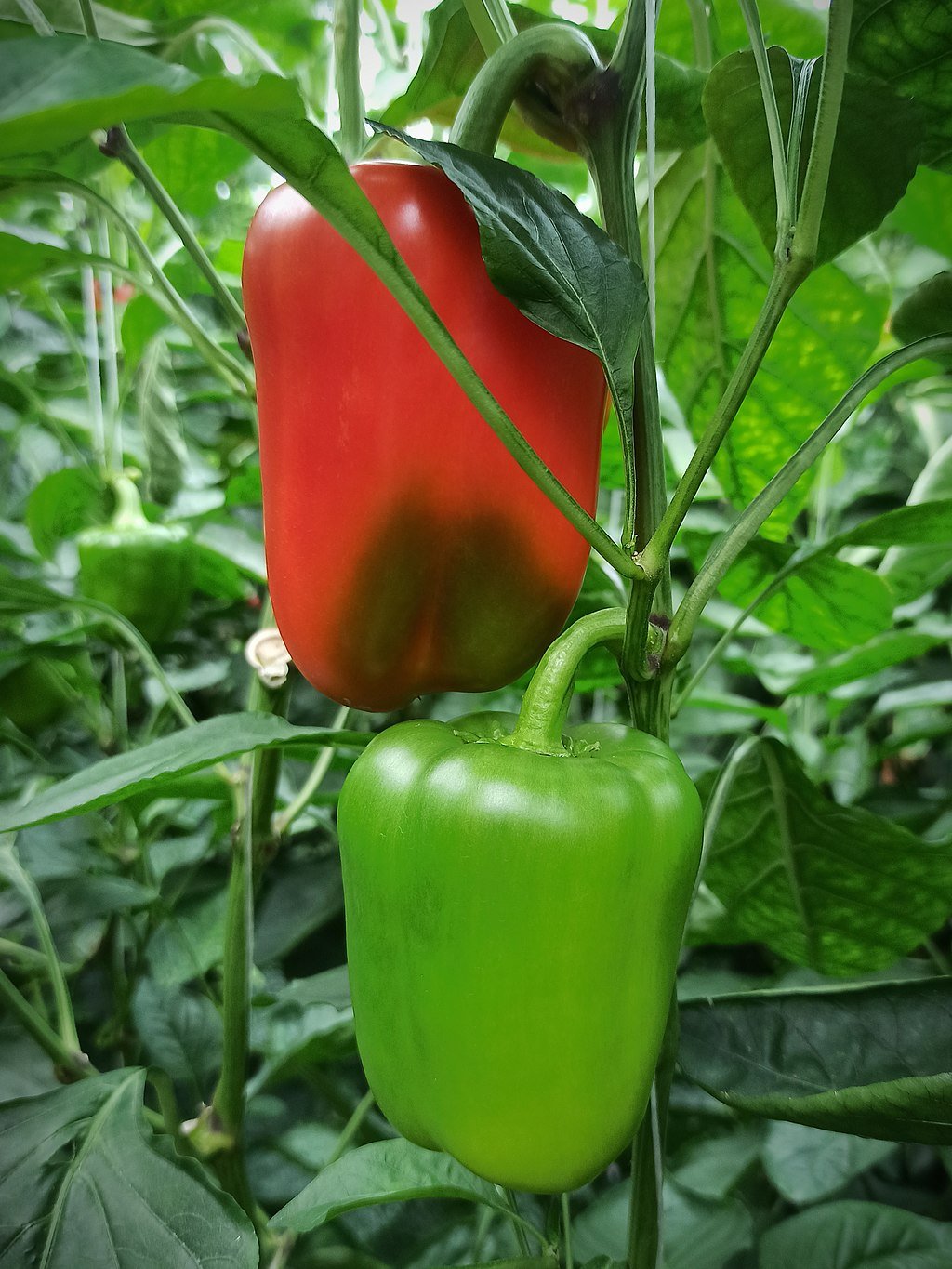
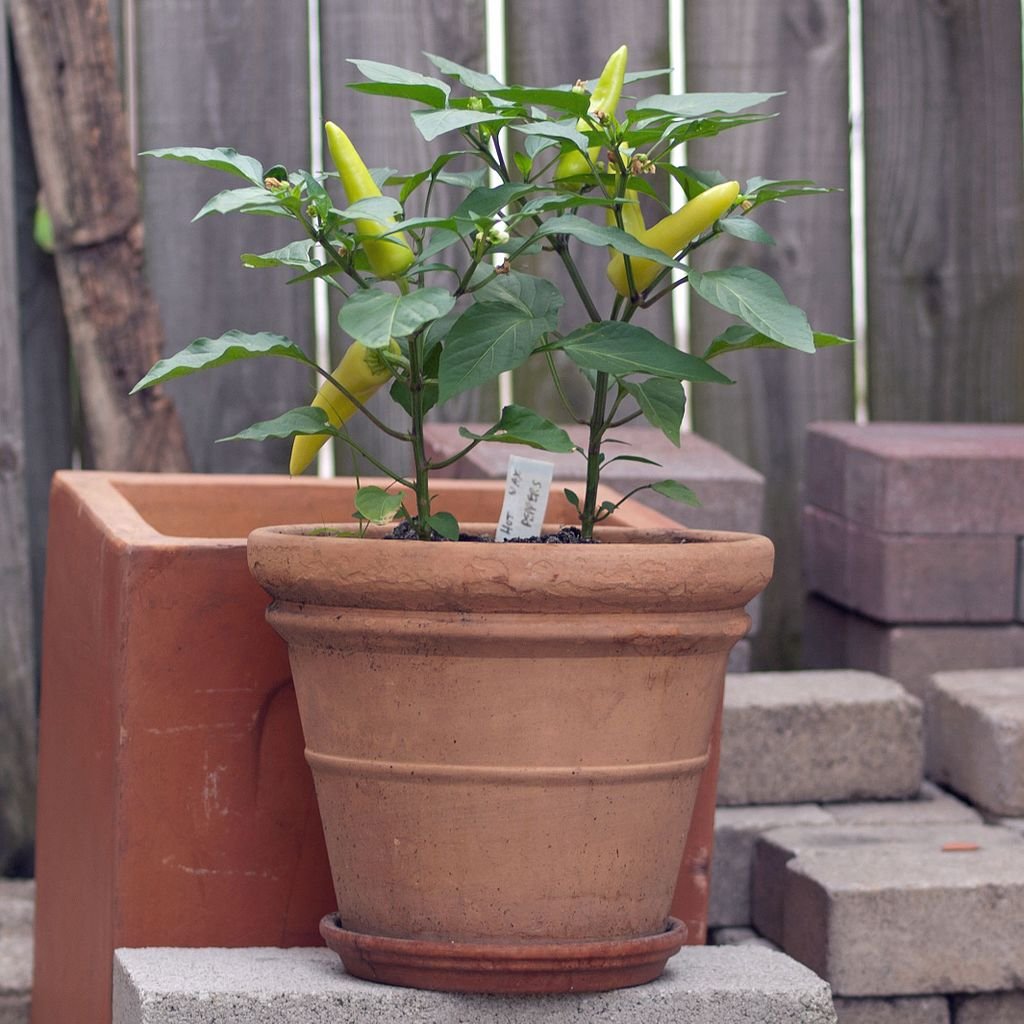
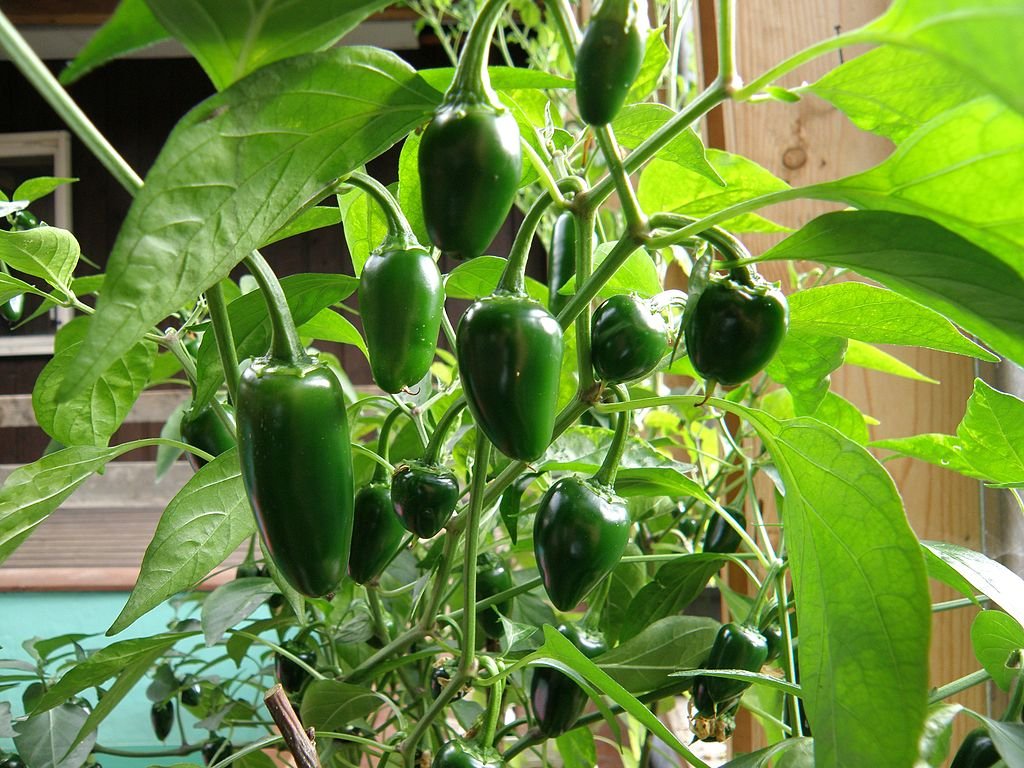
Can I use canned tomatoes instead of fresh?
Even though it’s called tomato-pepper stew, true lecso must be made with fresh tomatoes and peppers. Of course, you can make tomato-pepper stew with canned tomatoes but your dish won’t be Hungarian lesco.
Is it okay to skip the sugar, or can I use a sugar substitute?
Unfortunately, you cannot skip the sugar, as it’s meant to balance the acidity of the tomatoes and peppers and create that sweet and sour taste that is a signature of this dish. However, you can use a sugar substitute, but keep in mind that some sweeteners may affect the taste after canning.
Why do we add vinegar, and is it necessary?
In general, vinegar adds acidity, which is crucial for safe canning, especially when you preserve low-acid vegetables. 7% canning vinegar helps prevent the growth of harmful bacteria. If you prefer not to add it, store your lecho in the fridge because reducing the lesco acidity will make the canned version of this Hungarian dish unsafe.
Can I skip water bath processing?
In the past, folks all over Central Europe used open kettle canning to make this recipe. They would flip the jars upside down and cover them with warm beach towels. Be that as it may, we discourage the use of the open kettle canning method for this preserve.
What’s the best way to serve this tomato-pepper stew?
What’s not to love about lecso, a Hungarian food that can be served in so many ways! It’s great as a main dish over rice, with eggs, or with sausage. As a side dish, it pairs well with meats, or you can serve it as a topping over potatoes or bread. Below are just some of our suggestions:
- Heat up this tomato-peper stew on the stove. Then, add any additional ingredients you’d like (like beans, meat, or more vegetables), and you have an easy, delicious meal.
- Lecso is delicious with eggs poached and served on top of it, or you can add sliced sausage for a heartier meal. These additions make it perfect for breakfast, lunch, or dinner.
- Like any tomato-pepper stew or ragu, Lecsó pairs well with hearty bread, rice, or potatoes or such Hungarian food as goulash.
You may also like:
-
Duo Of Pickled Crunchy Cucumber Spears And Pattypan Squash
Why would anybody pickles pattypan and cucumbers spears together? How about bragging rights? Anyone can bring a jar of cucumber pickles to the table. But when you casually say, “Oh, these are my pickled pattypan squash and cucumber spears”, just watch people’s eyebrows shoot up. You’re instantly the most interesting person at the potluck.
-
Simple Italian Tomato Sauce (That Any Nonna will Approve)
There’s something wildly satisfying about making a sauce that would make your real or imaginary Nonna proud – or at least make her pause before criticizing your stirring technique. This sauce isn’t fancy. It’s not complicated. No shortcuts or mystery ingredients. This is real food. Just tomatoes, salt, basil, and time. It’s just right.
-
Modern Ukrainian Borscht: A Healthier Take On the Classic Dish
This borscht is a gift to your future self. It’s easy to make, feeds you for days, and freezes well for when you need it most. Whether you grew up with it or just discovered it, Ukrainian Borscht is a comfort food with staying power, perfect if you like to plan ahead.
-
How To Make And Preserve Vegan Roasted Tomato Soup
Still reaching for that can of tomato soup? It’s about time you upgraded to something fresh and delicious! Our roasted tomato soup is packed with fennel, garlic, onion and two other mystery ingredients. It is creamy, vegan, freezer-friendly, and suitable for canning! So, next time you’re craving tomato soup, grab a jar of your own!
-
Soy Sauce Pickled Cherry Tomatoes: Try Bold, New Pickle Flavor
Yes, you can make soy sauce pickled cherry tomatoes! They are a bold twist on traditional pickles, delivering an unexpected burst of umami and sweetness. Forget ordinary vinegar-based brines—this recipe transforms your tomatoes into an unforgettable flavor bomb. Perfect for snacking or charcuterie boards, this unique pickle will wow your taste buds!
-
Surprisingly Simple Solution For Your Unripe Tomatoes: Green Tomato Chutney
Got a garden full of unripe tomatoes and no idea what to do with them? We have a surprisingly simple solution for your unwanted harvest. Our Green Tomato Chutney canning recipe will help you turn those stubborn tomatoes into a tangy, sweet, and savory spread you’ll love.
-
How To Pickle Cherry Tomatoes: Easy Recipe, Tips, And Troubleshooting
Cherry tomatoes are the candy of the vegetable world, but they don’t last forever—unless you pickle them! Try this easy, beginner-friendly recipe for the perfect homemade holiday gift. Pickled and canned cherry tomatoes make a great addition to your charcuterie board and add a pop of color, like little jewels, to your holiday table.
-
Fried And Pickled Sweet Banana Peppers: Recipe For Canning
Looking for a simple way to jazz up your charcuterie board? This fried and pickled sweet banana peppers recipe is your new go-to! These peppers are easy to can, so you’ll always have a jar ready to impress guests—or just treat yourself. Plus, these canned banana peppers make a great side for any meats!
-
How To Make Pickled Roasted Bell Pepper
Pickled roasted bell peppers are a pantry staple, and making them at home is easy and rewarding. With rising prices and growing interest in food quality, now is the perfect time to roast and pickle your own. It’s a simple way to save money, control ingredients, and enjoy healthier peppers in your meals!
-
What Is And How To Make Georgian Adjika Sauce a.k.a Hot Spicy Dip?
Adjika is spicy, garlicky, deeply aromatic, and savory. But is it a sauce, a dip, a relish, or a pesto? Whatever you call it, adjika—the best-known vegetable condiment from Georgia (the country, not the state)—is guaranteed to become your new favorite for dipping, spreading, and scooping. Ready to up your flavor game?
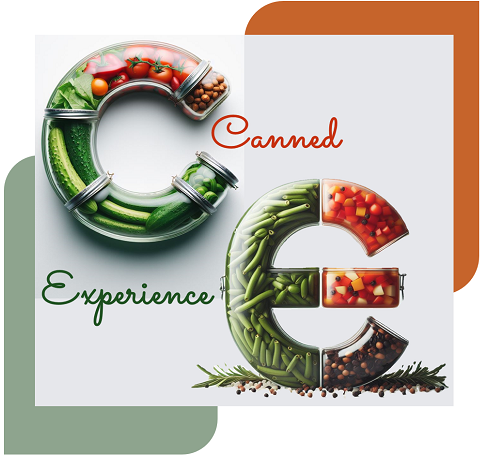
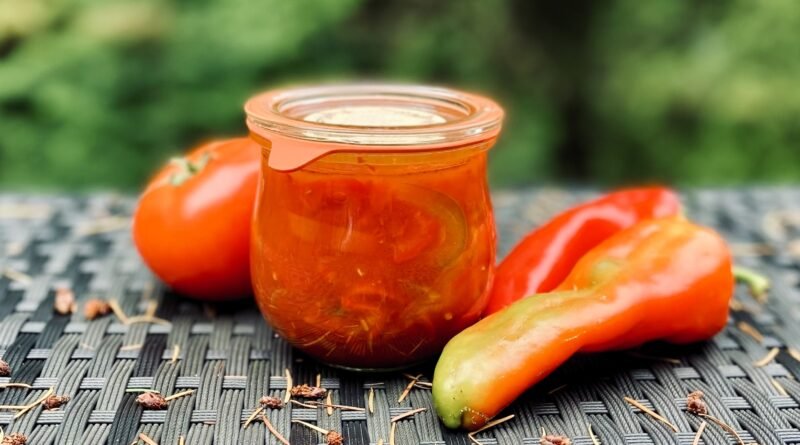
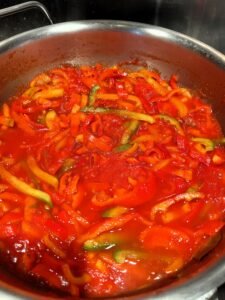
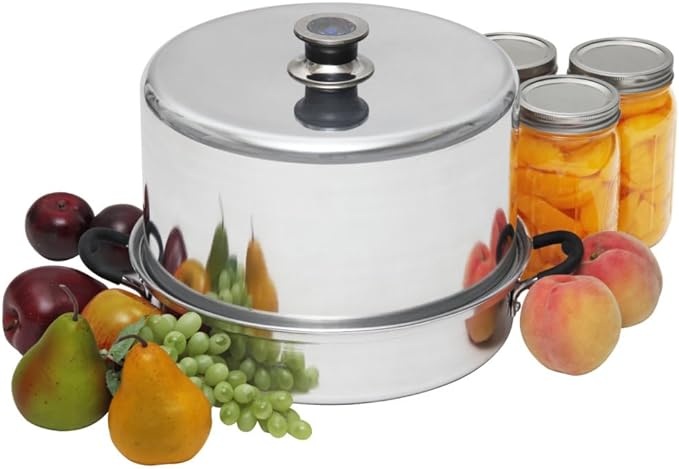
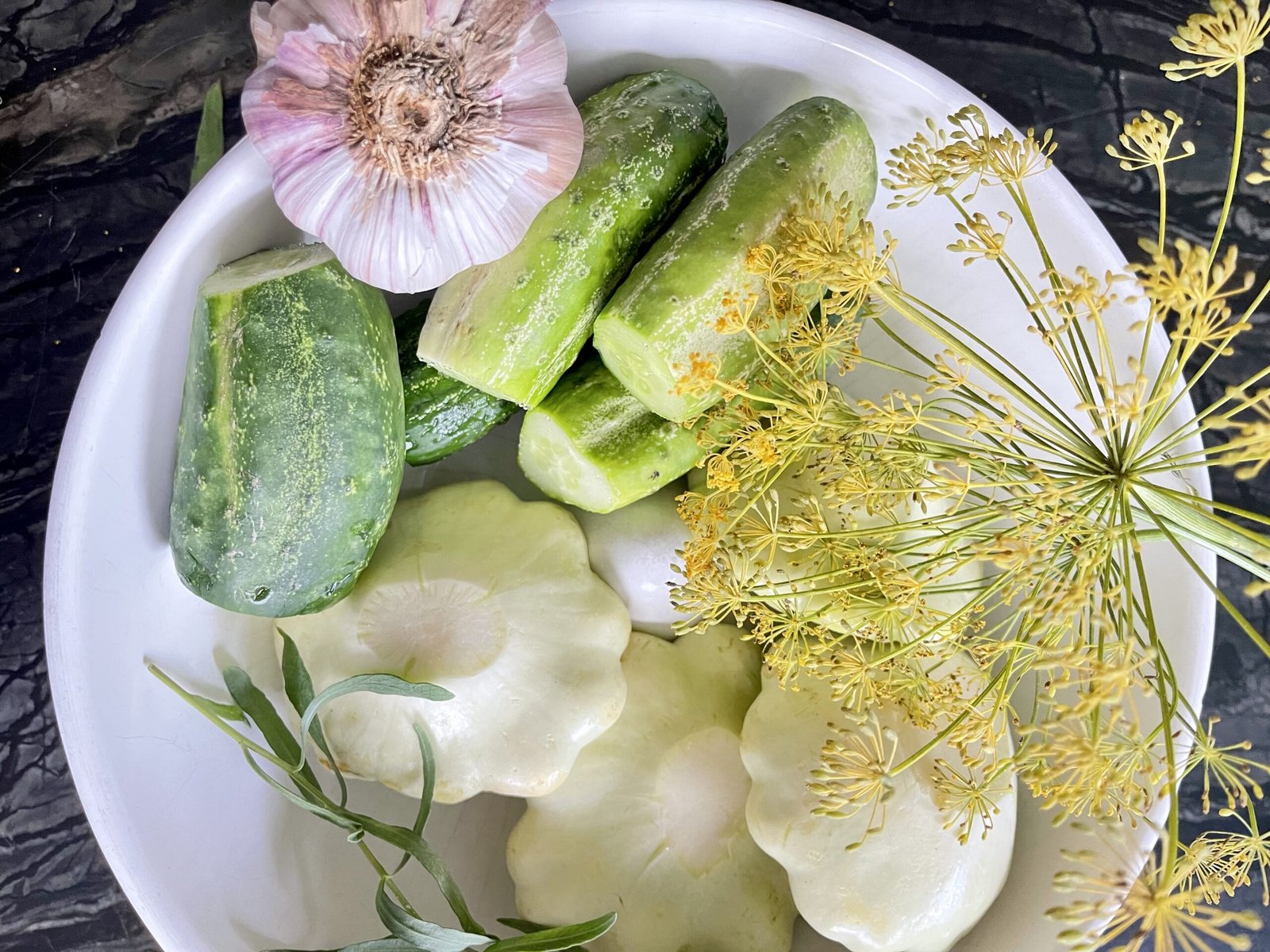
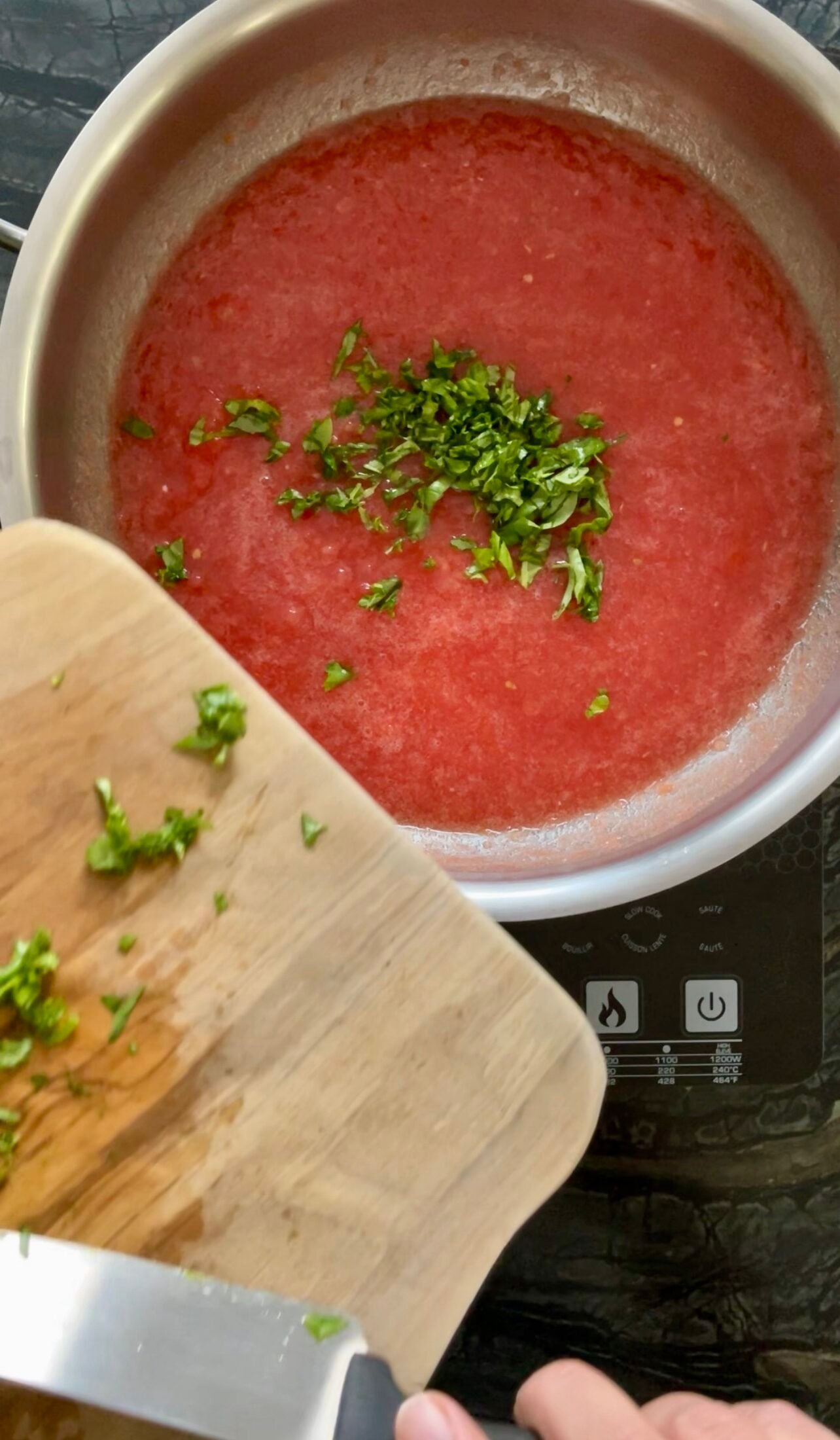
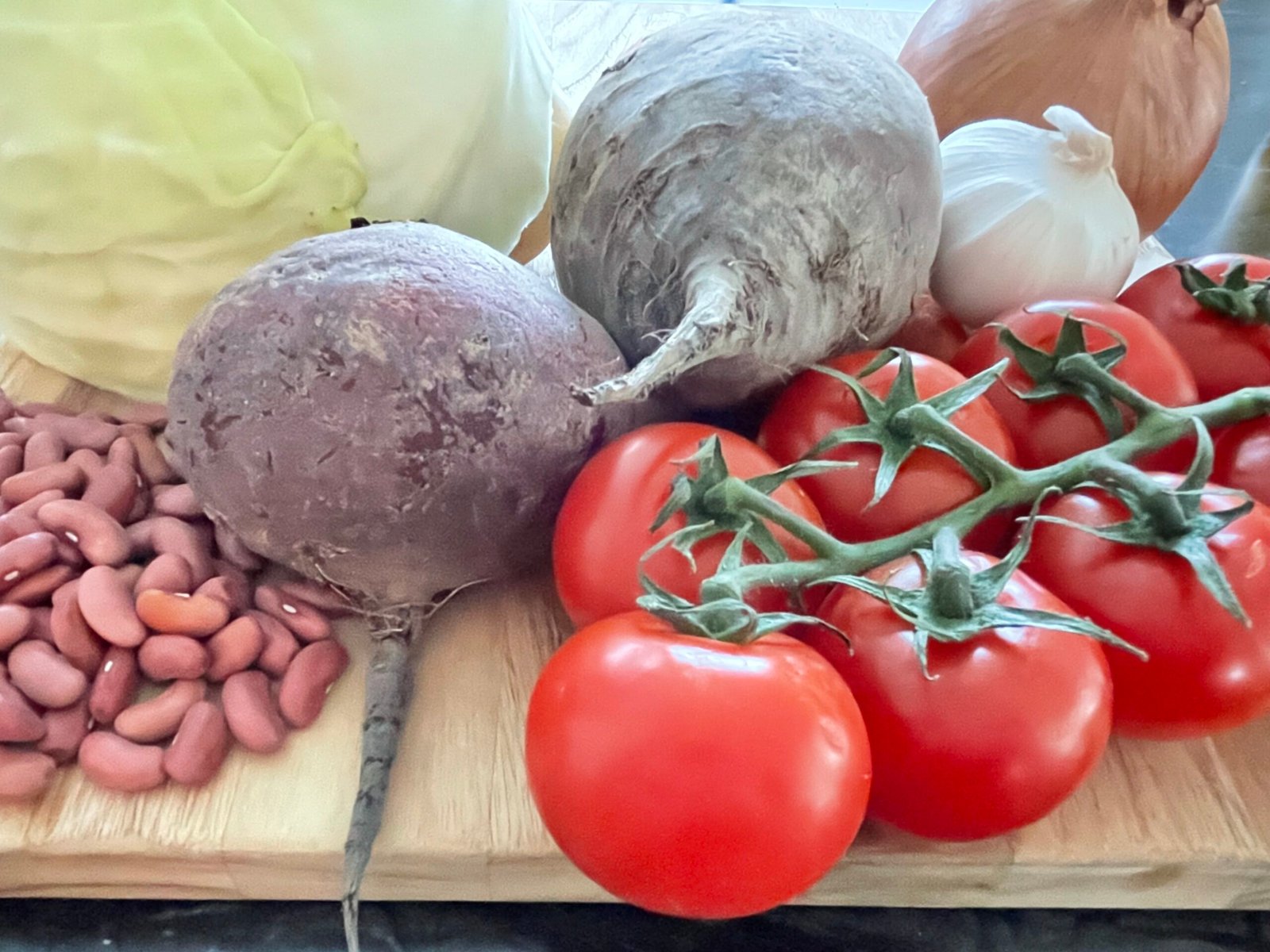
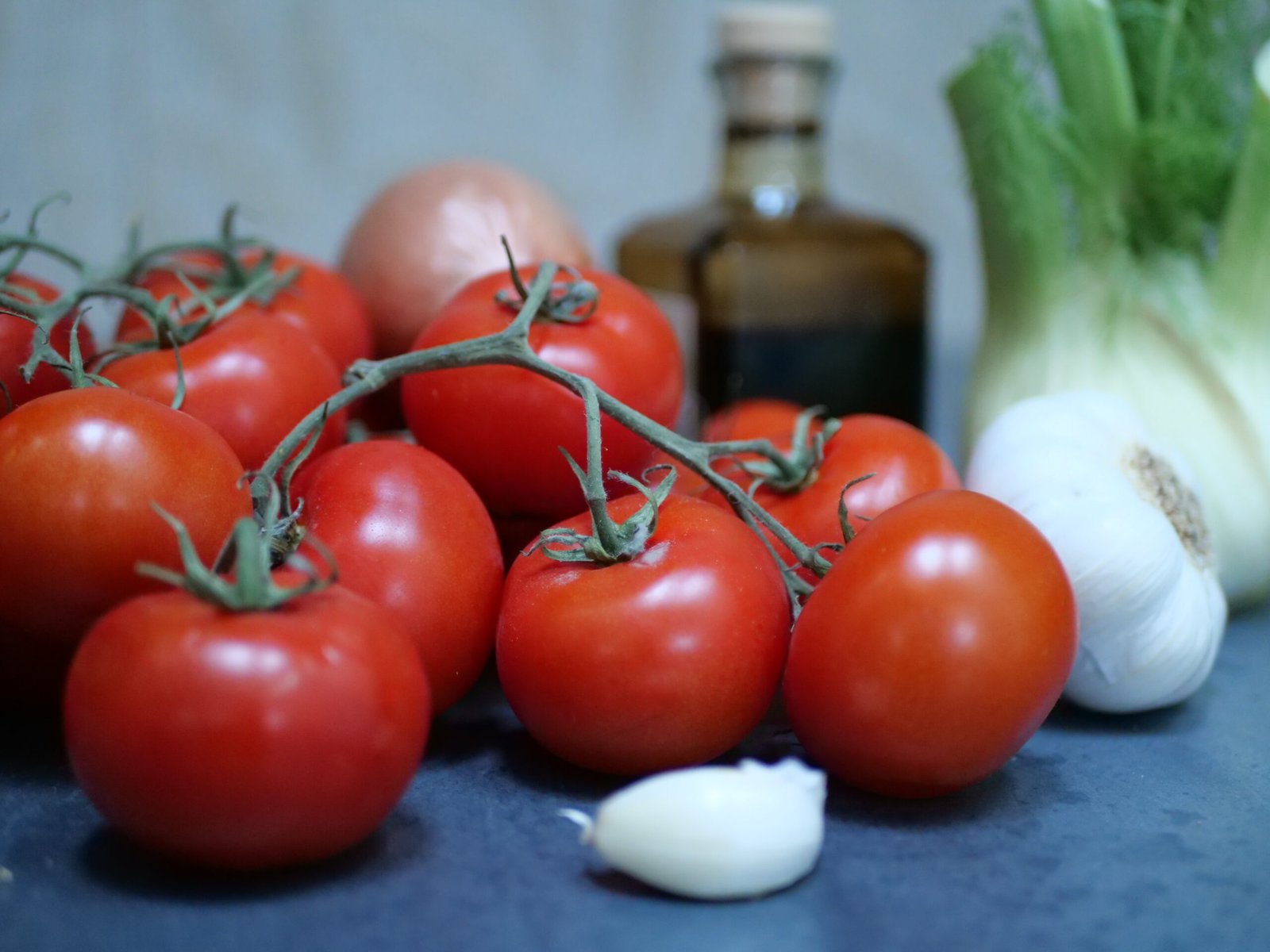
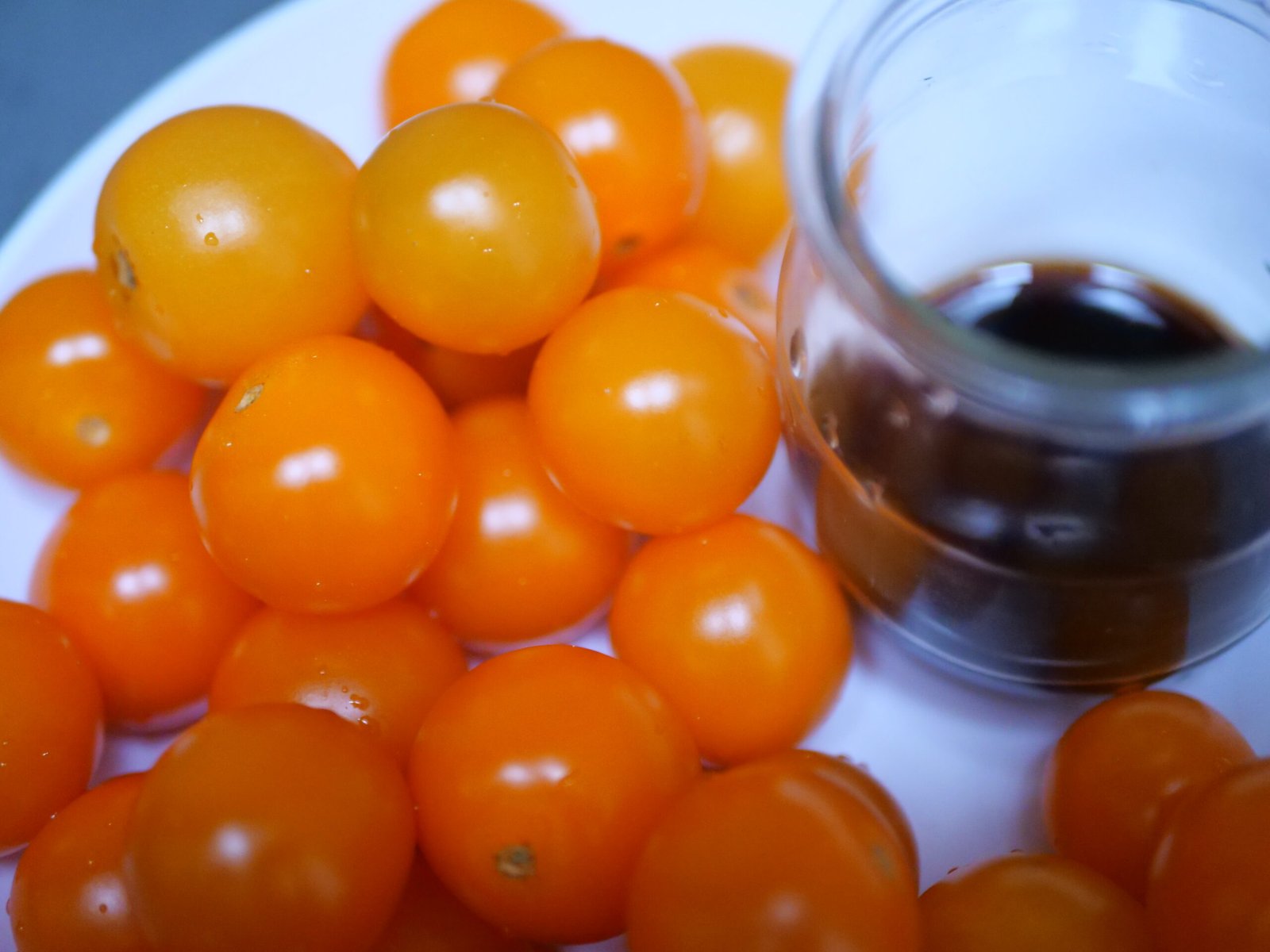
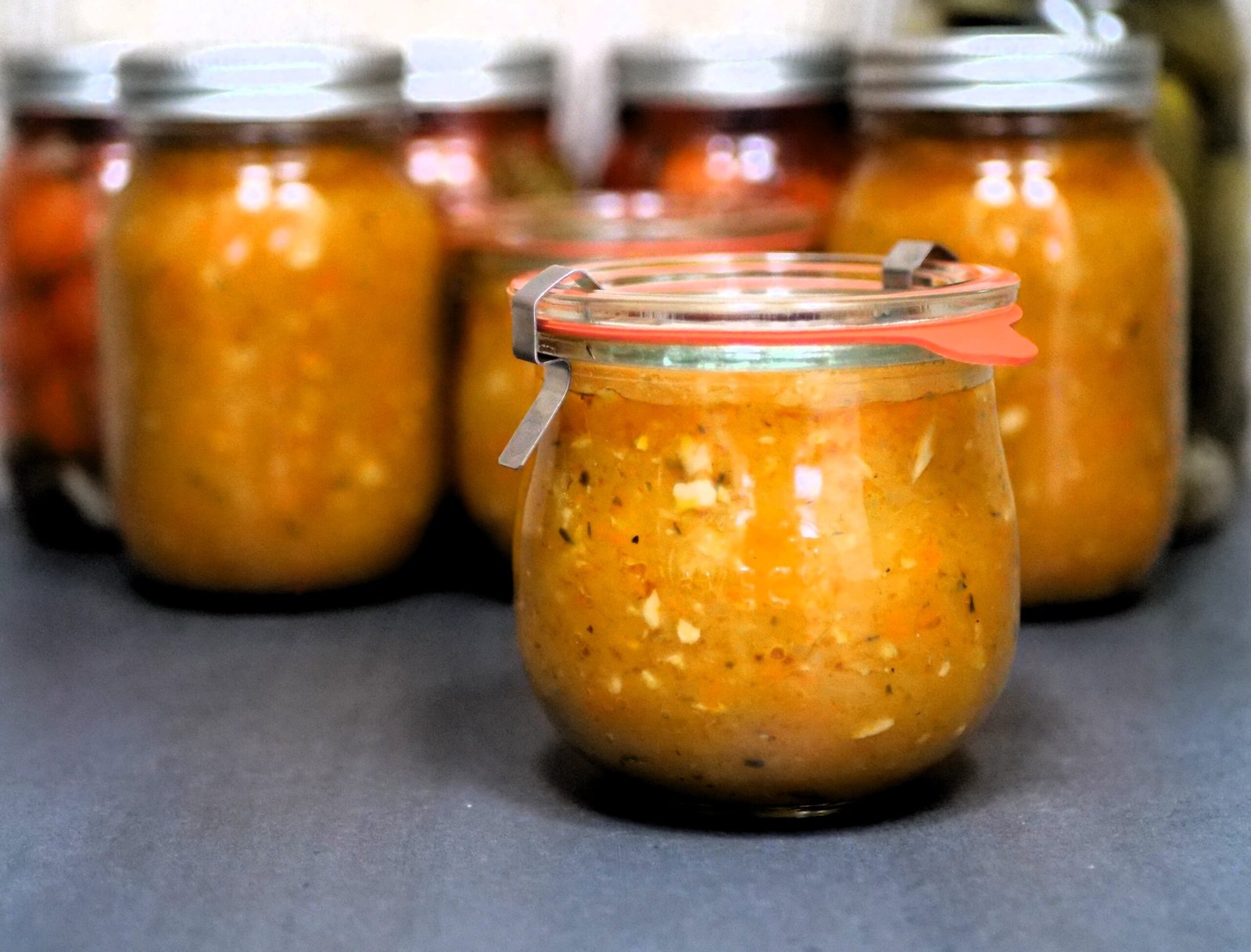
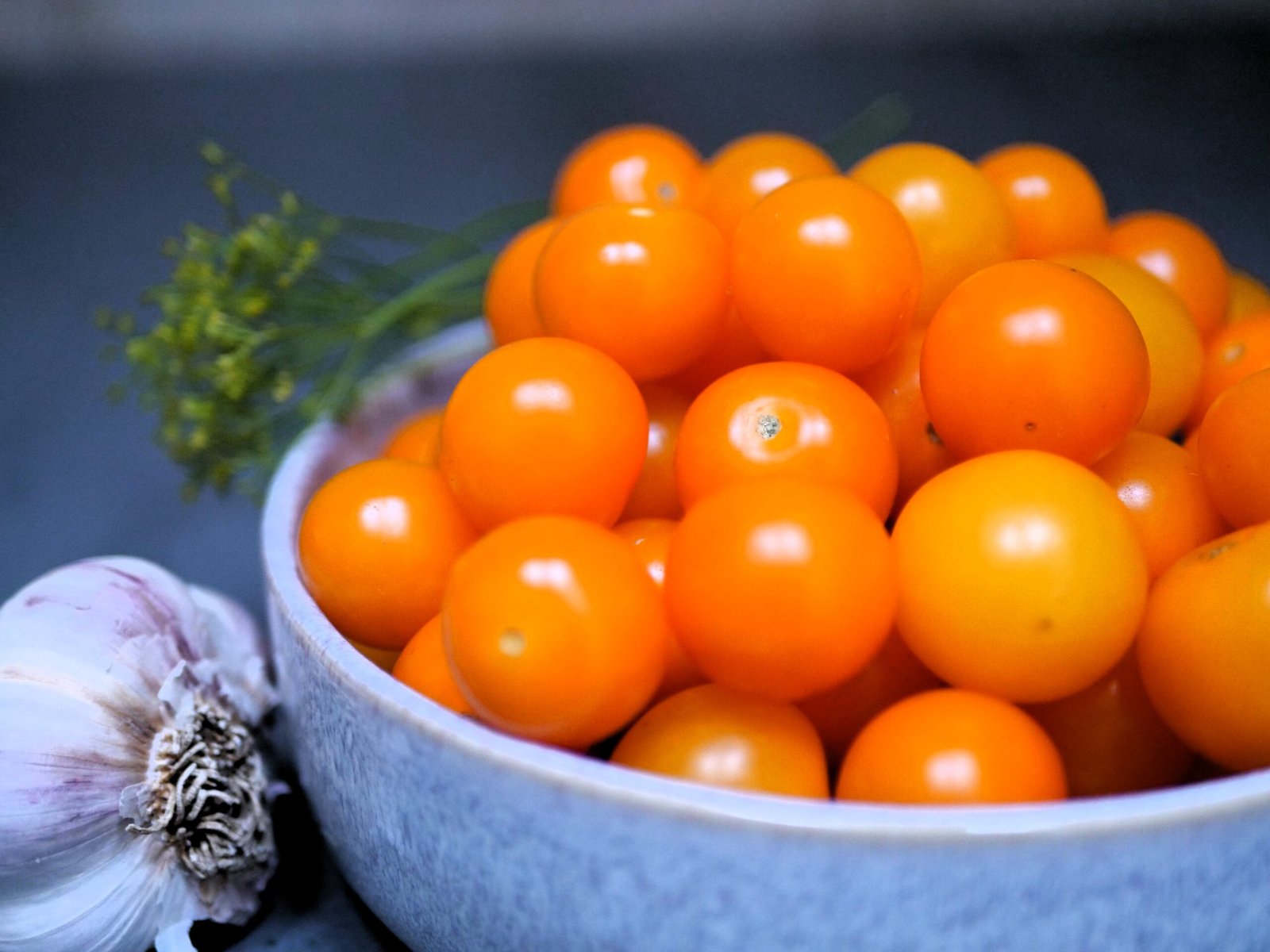


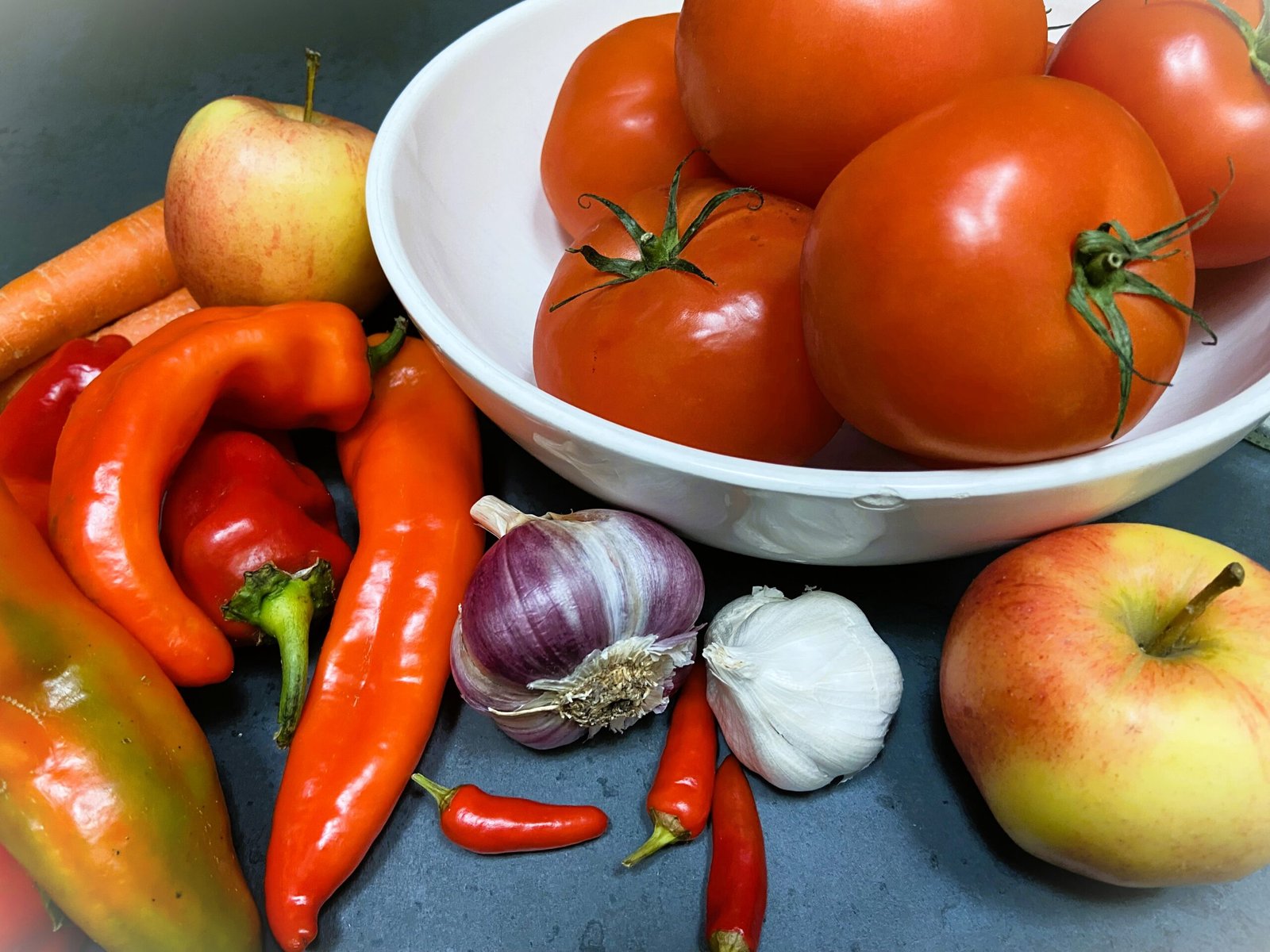


Leave a Reply